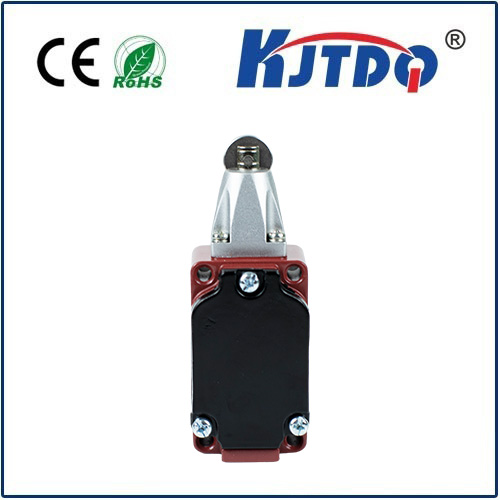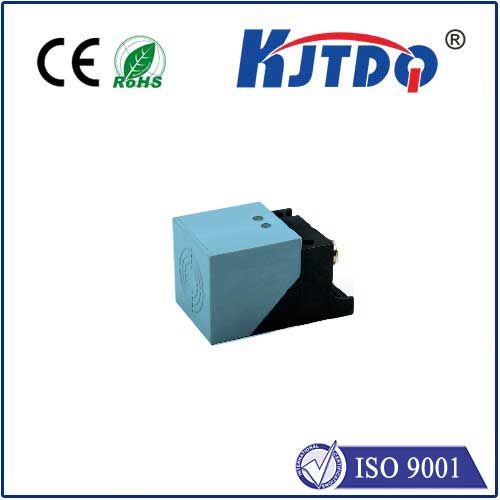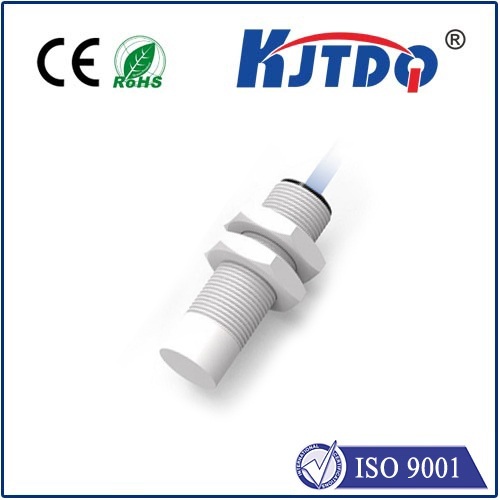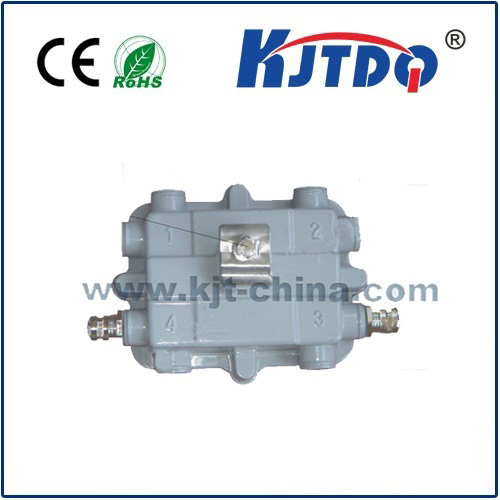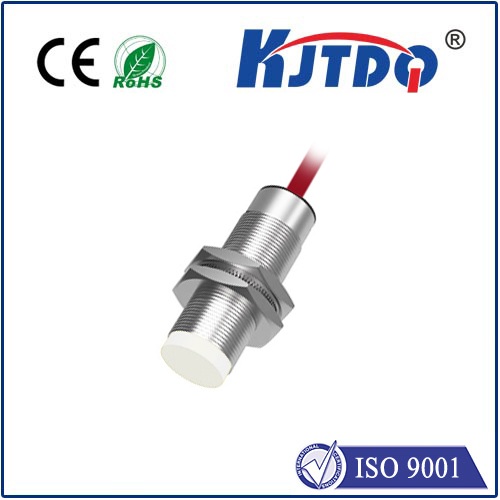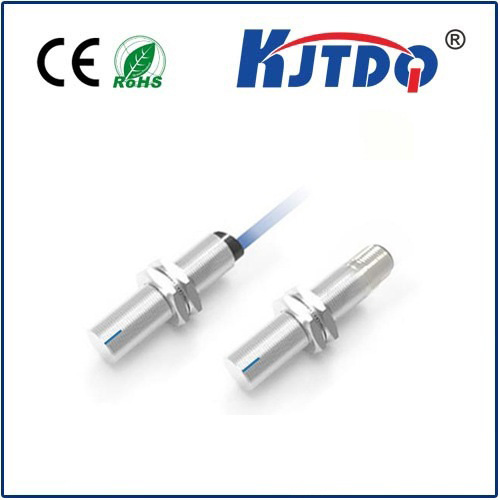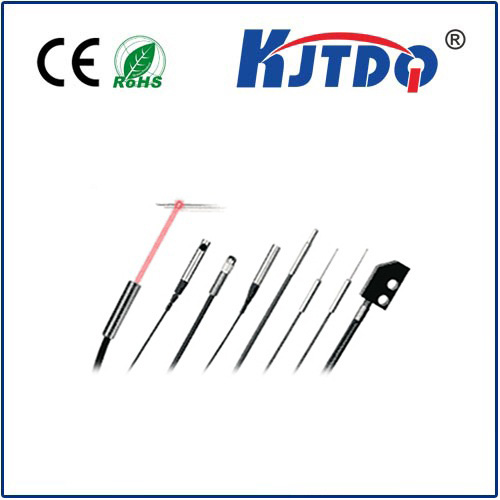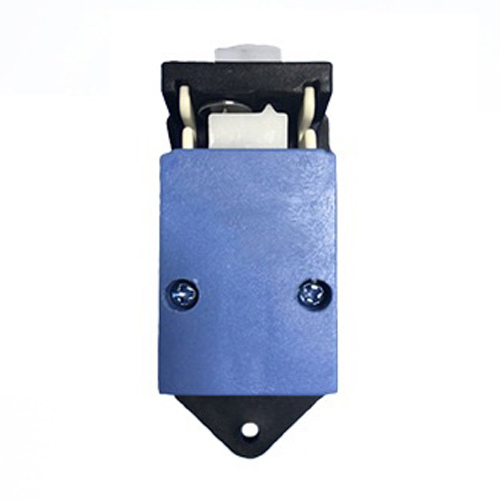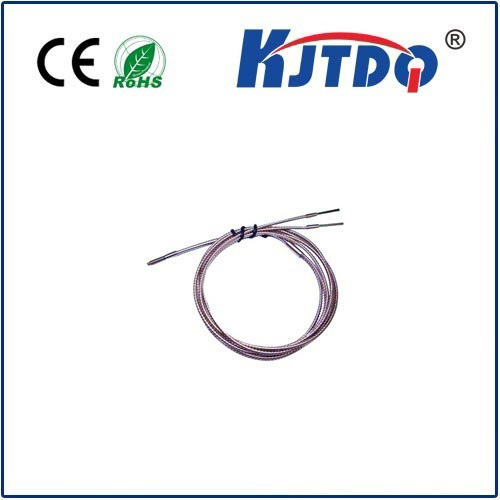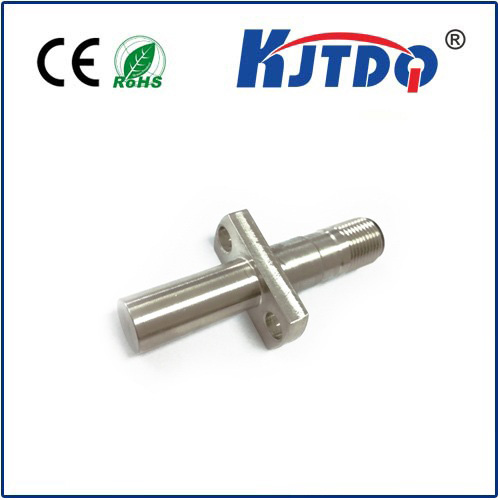resistive pressure sensor
- time:2025-08-24 02:05:08
- Нажмите:0
Resistive Pressure Sensors: Measuring Force Through the Magic of Resistance
From the gentle tap on your smartphone screen to the precise monitoring of industrial machinery, sensing force is fundamental to countless technologies. At the heart of many of these interactions lies a remarkably versatile and widely used device: the resistive pressure sensor. But how does this unassuming technology transform physical force into a useful electrical signal? Let’s delve into the fascinating world where pressure meets electrical resistance.
Put simply, a resistive pressure sensor is a transducer that converts an applied force or pressure into a change in electrical resistance. This change can then be measured and translated by electronic circuits into a quantifiable pressure reading. Their principle hinges on a fundamental physical property: the resistance of certain materials changes when they are mechanically deformed or stressed.
The Core Principle: Resistance Under Pressure
Imagine a material whose electrical conductivity depends on its physical shape or the contact points within it. When you apply pressure to such a material, several things can happen, all potentially altering its resistance:
- Deformation: Pressure physically squashes or bends the sensing element. This deformation stretches or compresses the conductive pathways within the material, increasing the path length electrons must travel or narrowing the conductive channels, thereby increasing resistance (though some designs show decreasing resistance).
- Contact Area Change: In sensors relying on multiple conductive particles or layers, pressure forces these elements into closer contact or increases the effective contact area between them, creating more pathways for current to flow, thus decreasing resistance.
- Piezoresistive Effect: In semiconductors like silicon, pressure alters the crystal lattice structure, which changes the mobility and density of charge carriers (electrons or holes), directly modifying the material’s bulk resistivity.
Key Components and Construction

While designs vary, a typical force-sensing resistor (FSR), a common type of resistive pressure sensor, consists of these primary layers:
- Active Sensing Area: At the core lies a polymer composite or ink loaded with conductive particles (like carbon black or silver). This material exhibits variable resistance under pressure. The distribution and composition of these particles are critical to performance.
- Substrate: A flexible film (e.g., PET, Polyimide) provides mechanical support for the active layer.
- Electrodes: Conductive traces (often silver or carbon ink) are printed on the substrate beneath the active layer or on a separate, parallel substrate. These electrodes collect the current flowing through the active layer. The pattern (interdigitated fingers are common) maximizes the sensing area and sensitivity.
- Spacer/Insulating Layer: A layer with an opening defines the exact sensing area and prevents accidental contact between electrodes when no pressure is applied.
- Cover/Protective Layer: A thin, durable film (like polyester) protects the active elements from abrasion and environmental factors.
Characteristics Defining Performance
Understanding these key characteristics is vital when selecting or designing with a resistive pressure sensor:
- Resistance Range: The baseline resistance (no pressure) and its range under applied force. This varies significantly between sensor types (e.g., tens of kilohms to megaohms baseline for FSRs).
- Sensitivity: How much does the resistance change for a given change in pressure? This is often non-linear, especially in polymer-based FSRs.
- Hysteresis: The phenomenon where the resistance value at a given pressure differs depending on whether the pressure is increasing or decreasing. Lower hysteresis is generally desirable for accuracy.
- Repeatability: Can the sensor return to the same resistance value consistently for the same applied pressure over multiple cycles?
- Response Time: How quickly the sensor reacts to a change in applied pressure.
- Force/Pressure Range: The minimum detectable force and the maximum force the sensor can withstand before damage or saturation.
- Drift: The tendency of the sensor’s output to change slowly over time even when pressure is constant.
- Linearity: How closely the resistance vs. pressure curve follows a straight line. Piezoresistive silicon sensors often offer excellent linearity, while polymer FSRs are inherently more non-linear, often requiring calibration curves.
Common Types and Where They Shine
Resistive pressure sensor technology manifests in several prevalent forms:
- Force Sensing Resistors (FSR): These are typically polymer thick-film devices. Pressure increases the contact area between conductive particles, lowering resistance. Highly flexible, thin, low-cost, and robust, they excel in applications like:
- User interfaces (keypads, touchscreens - though often capacitive now, resistive was foundational)
- Tactile sensors in robotics for grip control
- Presence detection (seats, mats)
- Low-cost load measurement
- Musical instruments (electronic drum pads)
- Medical devices (like pressure sensing insoles for gait analysis)
- Piezoresistive Sensors (Silicon/MEMS): Fabricated using semiconductor techniques, these leverage the piezoresistive effect in silicon. Pressure causes measurable strain in a silicon diaphragm, altering the resistance of implanted resistors forming a Wheatstone Bridge circuit. Key advantages include:
- Exceptional accuracy and linearity
- Low hysteresis
- High sensitivity
- Miniaturization (MEMS technology)
- Stability over time and temperature (with compensation)
- Wide pressure range capability (from ultra-low vacuum to high pressures)
- Applications: Automotive (MAP, brake fluid, tire pressure), Industrial process control, Medical (blood pressure, infusion pumps), Altimeters, HVAC.
- Strain Gauges: While often associated with load cells for measuring force/torque/weight, strain gauges are fundamental resistive strain sensors. A thin metallic foil pattern bonded to a substrate changes resistance when the substrate deforms under load (via the piezoresistive effect in metals). Multiple gauges configured in a Wheatstone Bridge provide precise measurement. Vital for structural health monitoring, precision weighing, and force feedback systems.
Addressing Limitations: Calibration and Conditioning
Resistive pressure sensors, especially cost-effective FSRs, often require careful signal conditioning due to non-linearity, hysteresis, and potential drift. Techniques like:
- Look-Up Tables (LUTs): Storing calibrated resistance/pressure pairs.
- Mathematical Modeling: Fitting curves to calibration data.
- Temperature Compensation: Essential for high-precision piezoresistive sensors.
- Wheatstone Bridge Circuitry: Used inherently in piezoresistive and strain gauge sensors to provide a sensitive, differential voltage output proportional to resistance change (and thus pressure/force).
Real-World Impact: Beyond the Basics
The versatility of resistive pressure sensor technology drives innovation. In healthcare, ultra-thin FSR arrays create detailed pressure mapping systems to prevent bedsores by monitoring patient positioning. In robotics, compliant tactile skins using dense FSR grids give machines a sophisticated sense of touch for safe human interaction and delicate object manipulation. Industrial automation relies on rugged piezoresistive sensors for real-time monitoring and control of critical fluid pressures. Even consumer electronics benefited immensely from early resistive touchscreens.
Choosing the Right Tool
Selecting the ideal resistive pressure sensor hinges on the application’s specific demands. Need ultra-low cost, flexibility, and moderate accuracy for presence detection? An FSR might be perfect. Requiring high accuracy, stability, and wide pressure range for an industrial control system? A silicon piezoresistive sensor is likely the answer. Need

